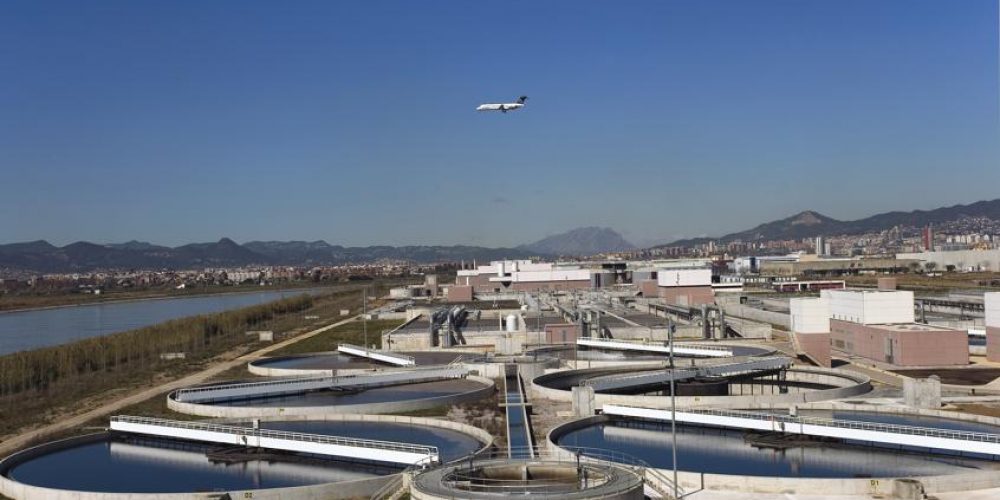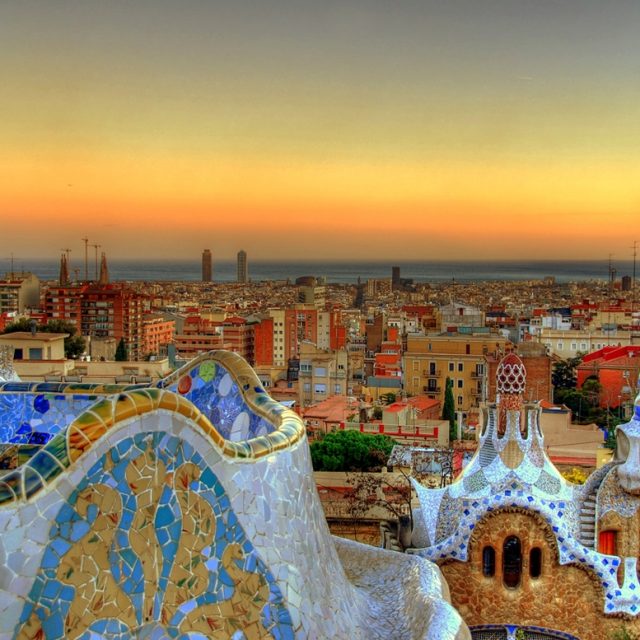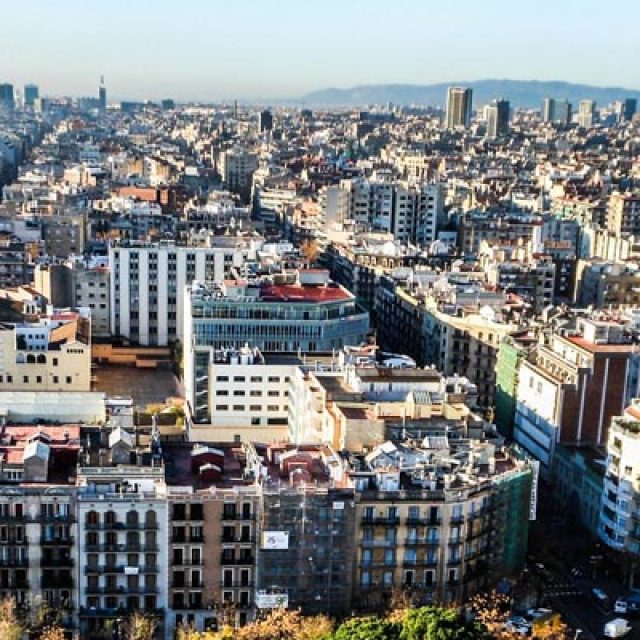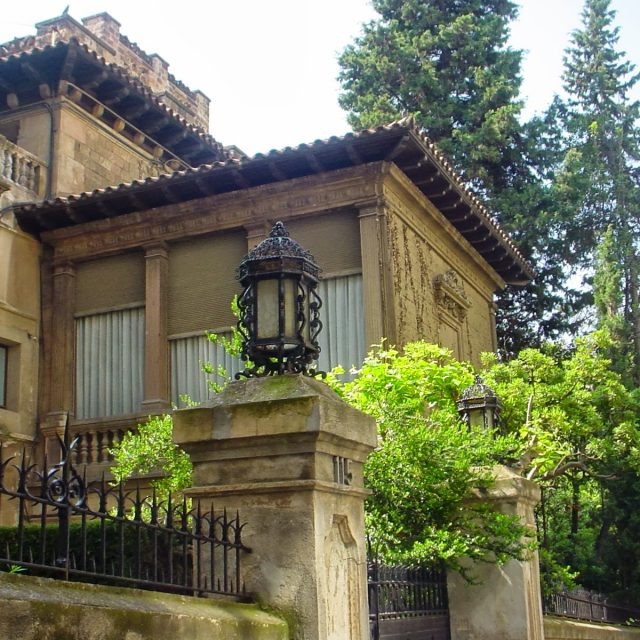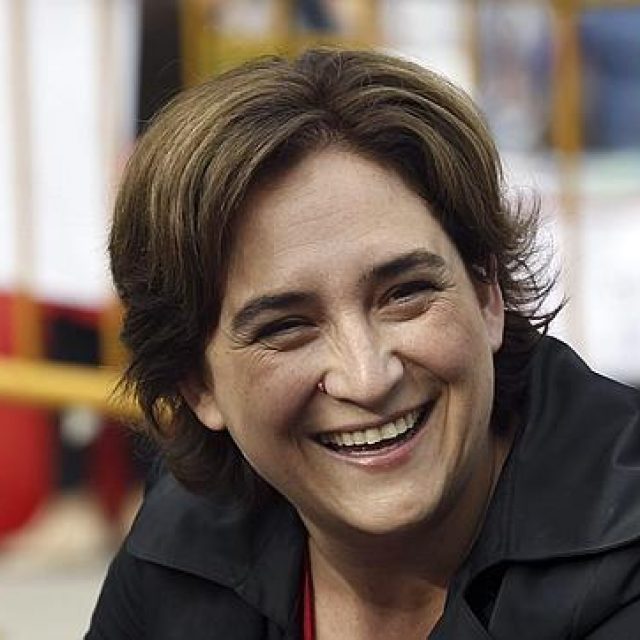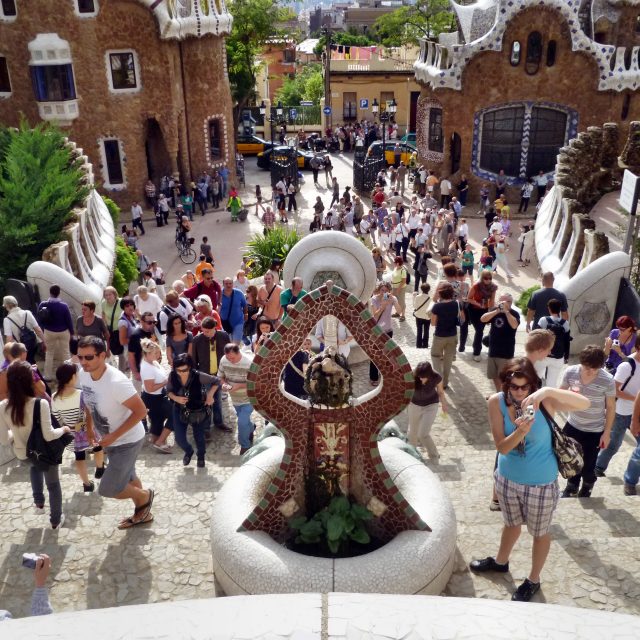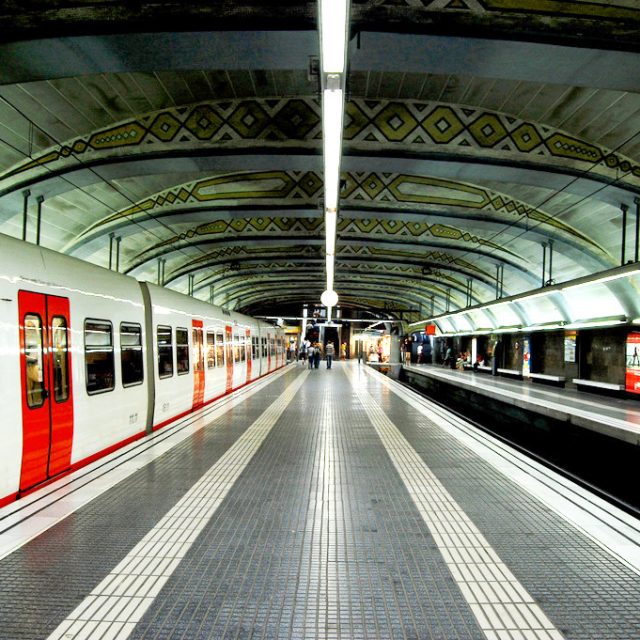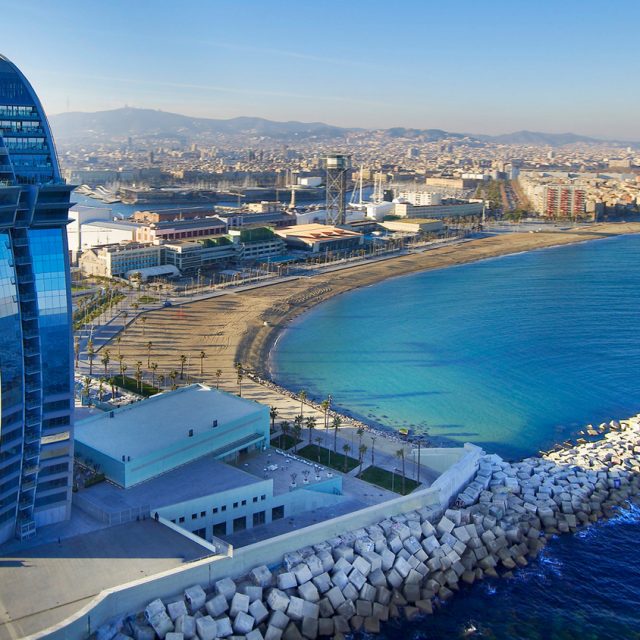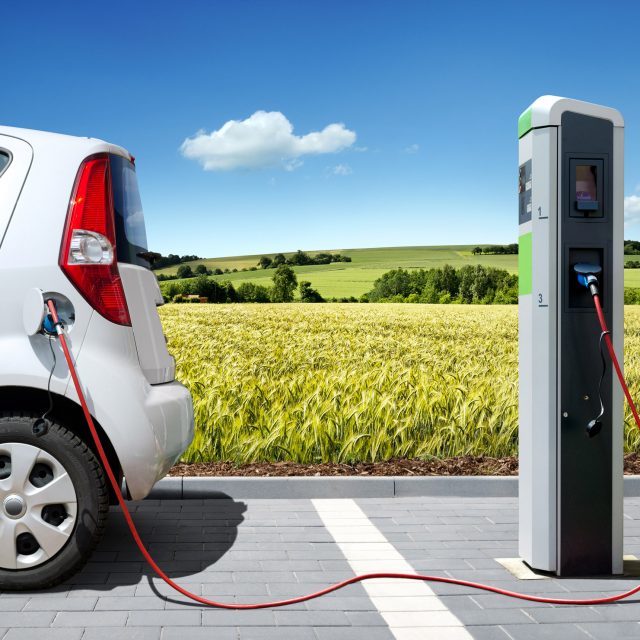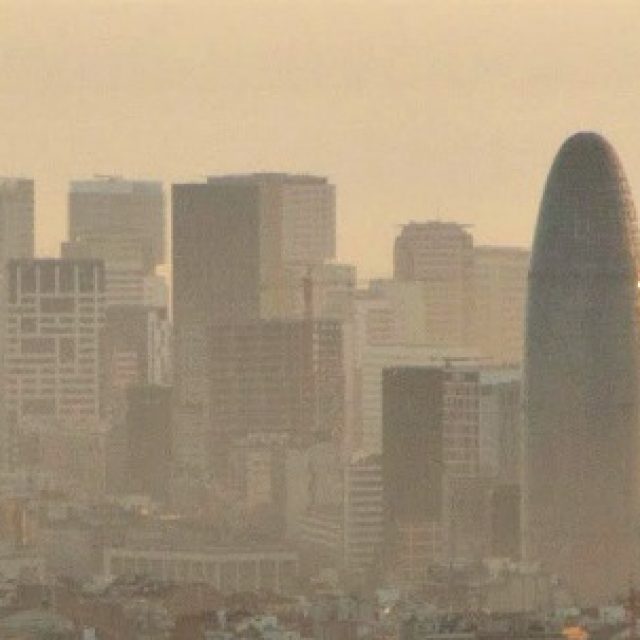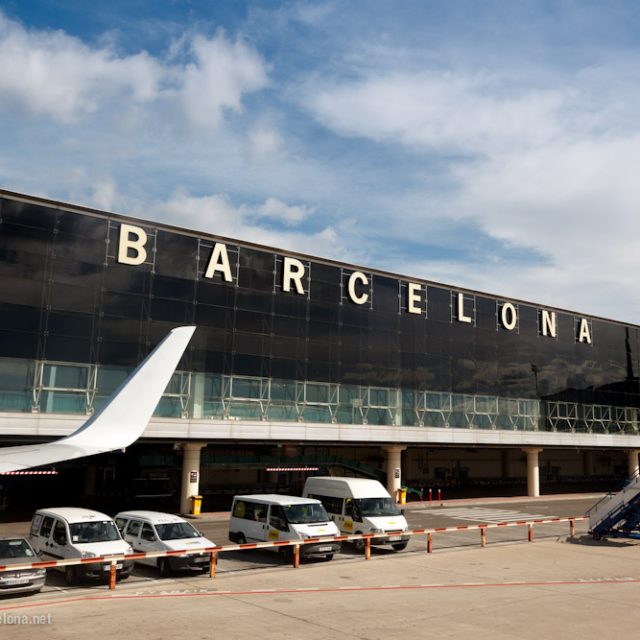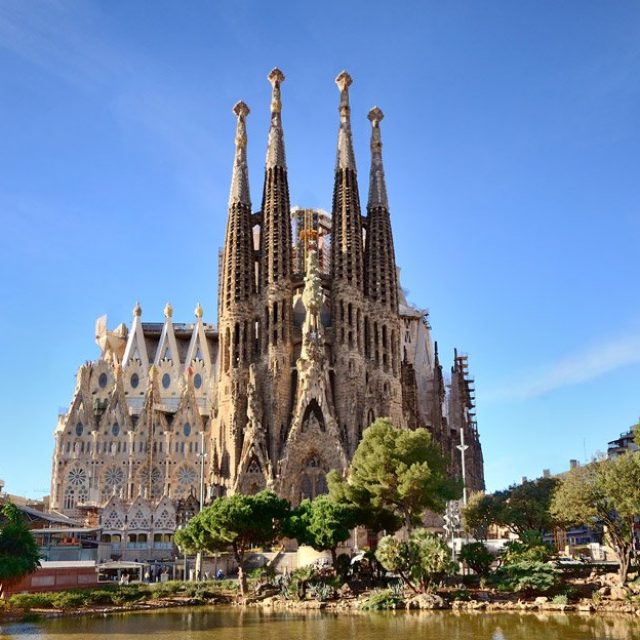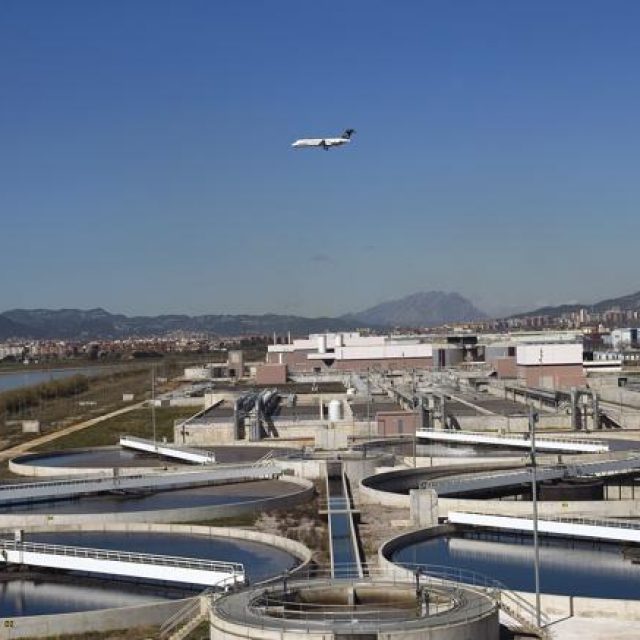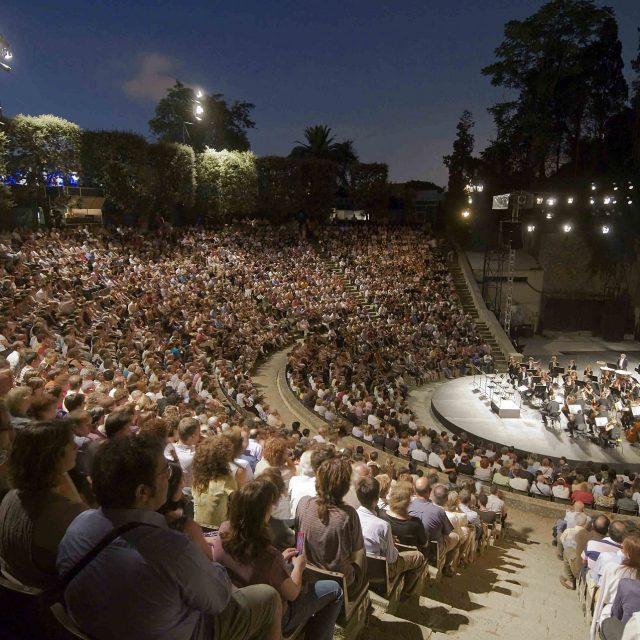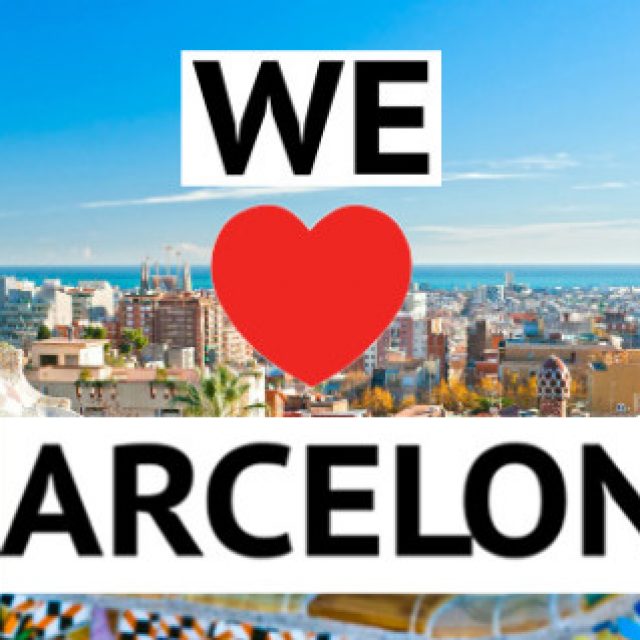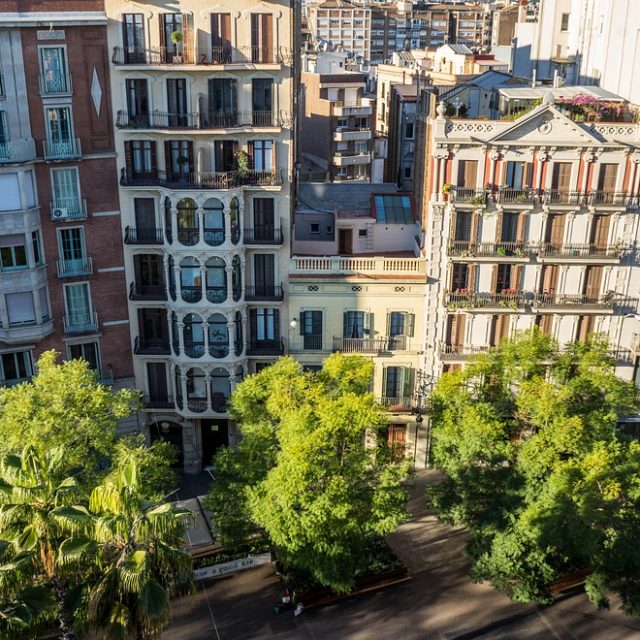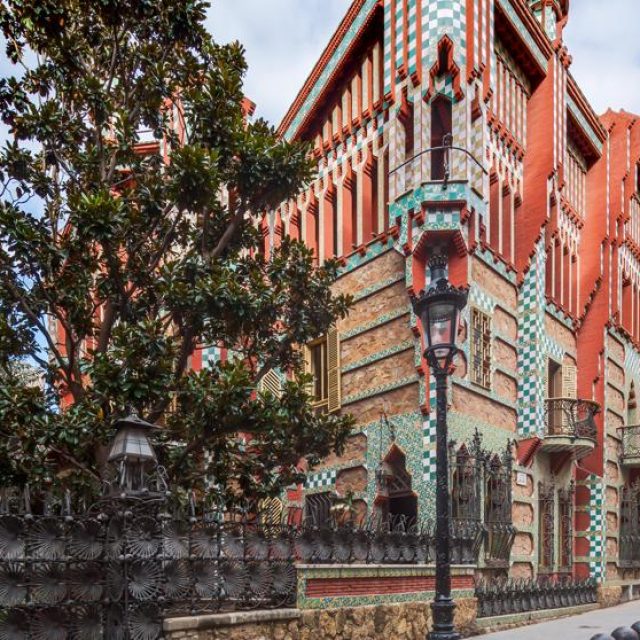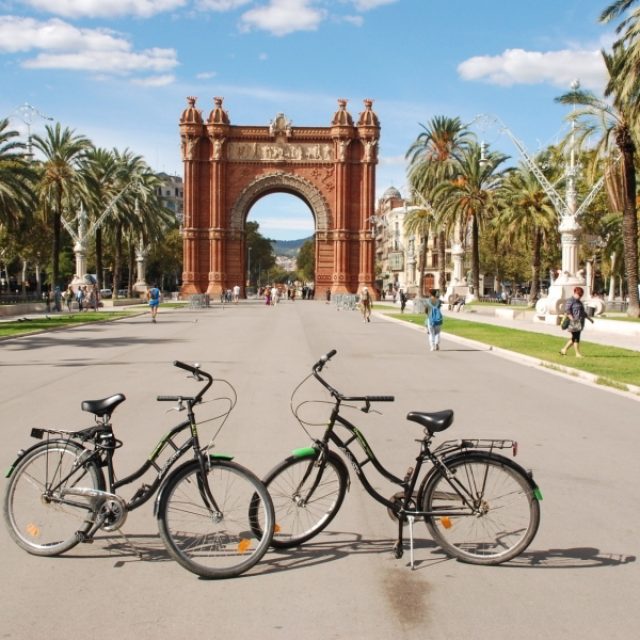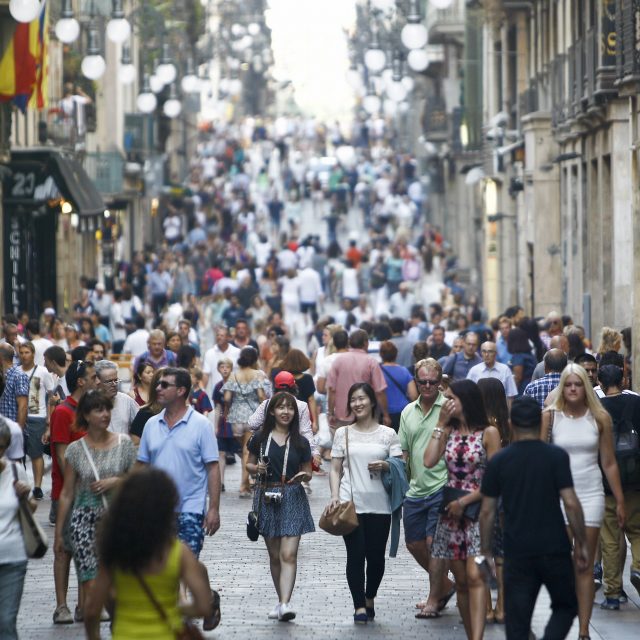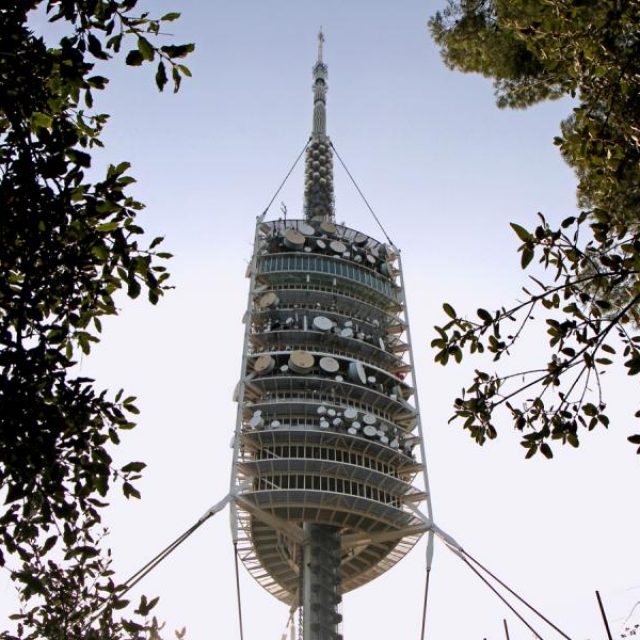Regenerated flows in the El Prat treatment plant will reduce drought risk
Barcelona has agreed to extend the guarantee of water supply after the recent threat of water shortage. Within the next six months, the city of Barcelona will reinforce the supply system by taking advantage of the flows which are treated at the El Prat Wastewater plant to the river mouth of Llobregat. This will then be reused indirectly for human consumption.
The Operation of the water-regenerating station of El Prat, will allow the city to use resources which were previously being wasted. Once the water is regenerated, the flows will connect to the river by pumps, through a parallel drive; This will then be discharged at Molins de Rei. When the flows carry on through the river course, they can then be picked up and purified at the Sant Joan Despí plant, in Aigües de Barcelona. The new resources will serve mainly to solve the issue with the water shortage, which is a frequent event in the Barcelona region.
The water-regenerating station is able to produce a volume of 60 hm3 per year- up to 75 hm3. However, This process can only function at full capacity during emergency situations such as cases of drought. In normal conditions, it would only work at 10-20% of its capacity, though this will help ensure that its facilities are operating continuously, as stated by Jordi Agustí, director of the Catalan Agency of Aigua (ACA).
Thought the El Prat water regenerating station was built in 2008, it has yet to play a relevant role. Why? The tanks of the river Ter and Llobregat have had great reserves that had made the station unnecessary to put in service, while including the fact that the ACA’s budget cuts are preventing to face the stations running costs beyond the basic maintenance. While the facilities cost approximately €100 million (of which 85% was contributed by EU funds), the issue of utilization of the station was under a lot of criticism.

Llobregat River
Health approval
Currently the permission of the use of this water for human consumption is pending from the Department of Health, which must also approve the use of the regenerated flows. The legislation allows the reuse of purified water for various purposes whilst following the corresponding sanitary quality requirements; however, in the case of human consumption purposes, it is much stricter. Even though the process of approving this case is difficult and precise, the process of reuse is not direct but indirect, which means that before the water reachers the houses, it will first go through numerous filters.
This same argument was put forward by Pinyol as he states: ” it is unacceptable to use reused water for human consumption purposes when it has been treated in Manresa, Igualada or Berga as well as when the fact that the water consumed would come from the El Prat plant”. The Catalan Agency of Aigua will carry out a campaign of sampling and controls of the quality of these waters, in coordination with Salut.
The regenerated water in the El Prat treatment plant was also used for other purposes, such as the uses to feed the Delta marshes as well as to inject flows into the subsoil, with the purpose that this fresh water acts as a barrier to prevent the intrusion of salt water into the underground reserves of the Delta.
Less transfer from Ter to Barcelona
The extra resources that the Llobregat will bring to the area of Barcelona will allow the reduction of transferring water from the river Ter to the Catalan capital, as requested by the civic entrities of Girona. Between 1994 and 2015, 37% of water was discharged from Ter to Barcelona; while in 2007-2008 62% of water was as a result of drought. However there is a possibility of reduction of water discharged from the river Ter as there are expansions of the Tordera desalination plant; which, stated by Agustí, are of even better quality that the Ter.
While Pinyol argued that “The water regenerating station will not function at full capacity as, if it worked at maximum level, there would no longer be a back-up in case of emergency”, Agustí explains that the new equipment is only supposed to be used as an instrument against possible droughts, rather than used to increase structural water deficit in Barcelona and Girona.
The structural deficit must be done by the State through the National Hydrological Plan. The ACA and the metropolitan area will sign an agreement to start up the regenerative water station, with the maintenance and electricity costs under the ACA’s responsibility.
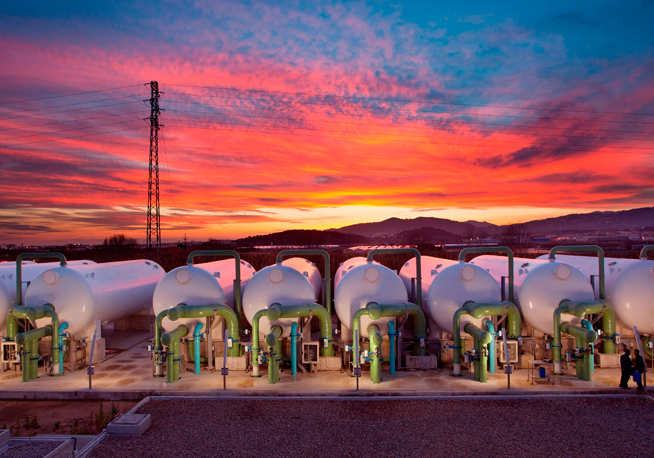
Tordera desalination plant
If you would like to read about some specific topic click on the button below and SHARE YOUR THOUGHTS!
Source: La Vanguardia
Photocredit: aiguesdebarcelona.cat
Photocredit: acciona.ca

